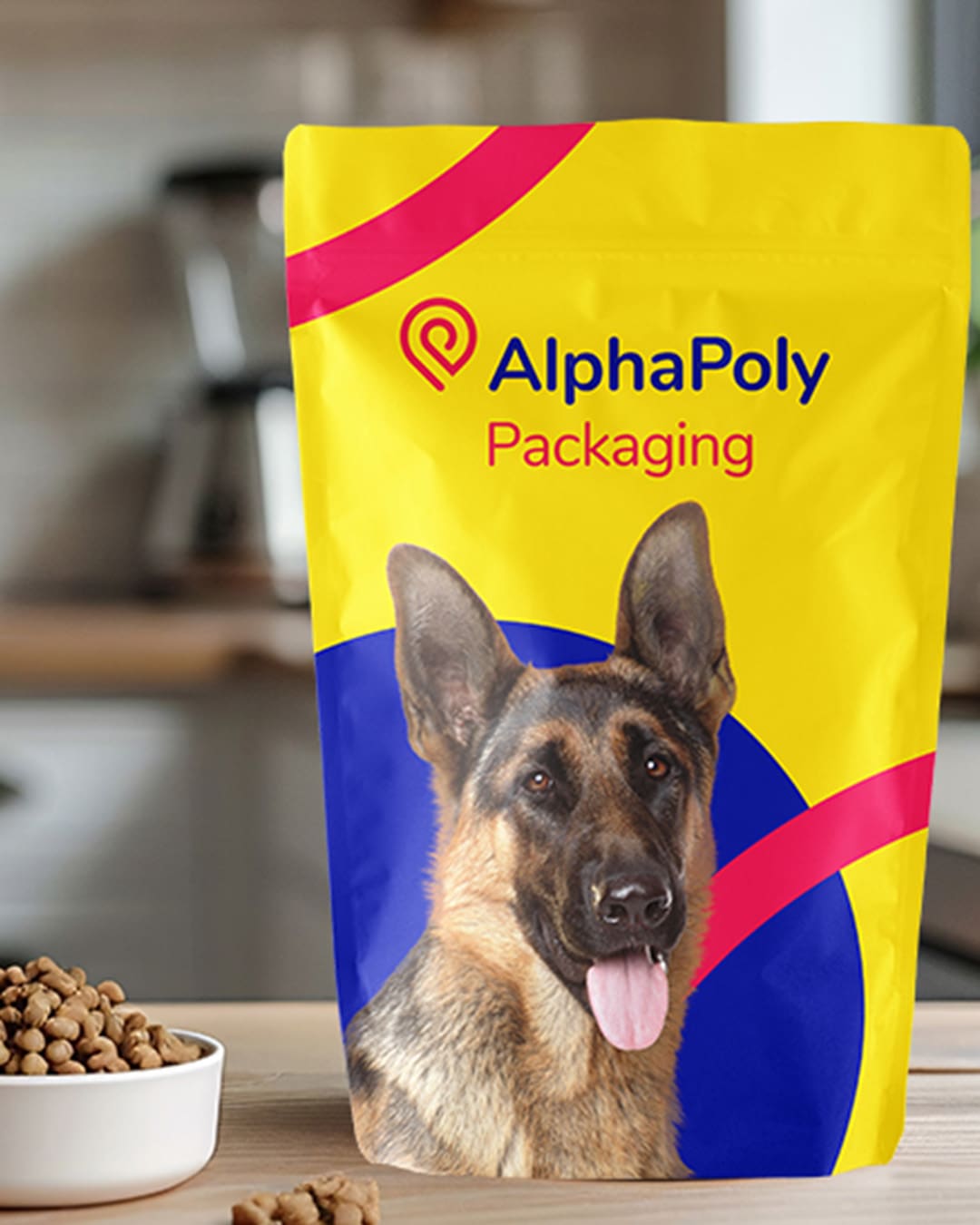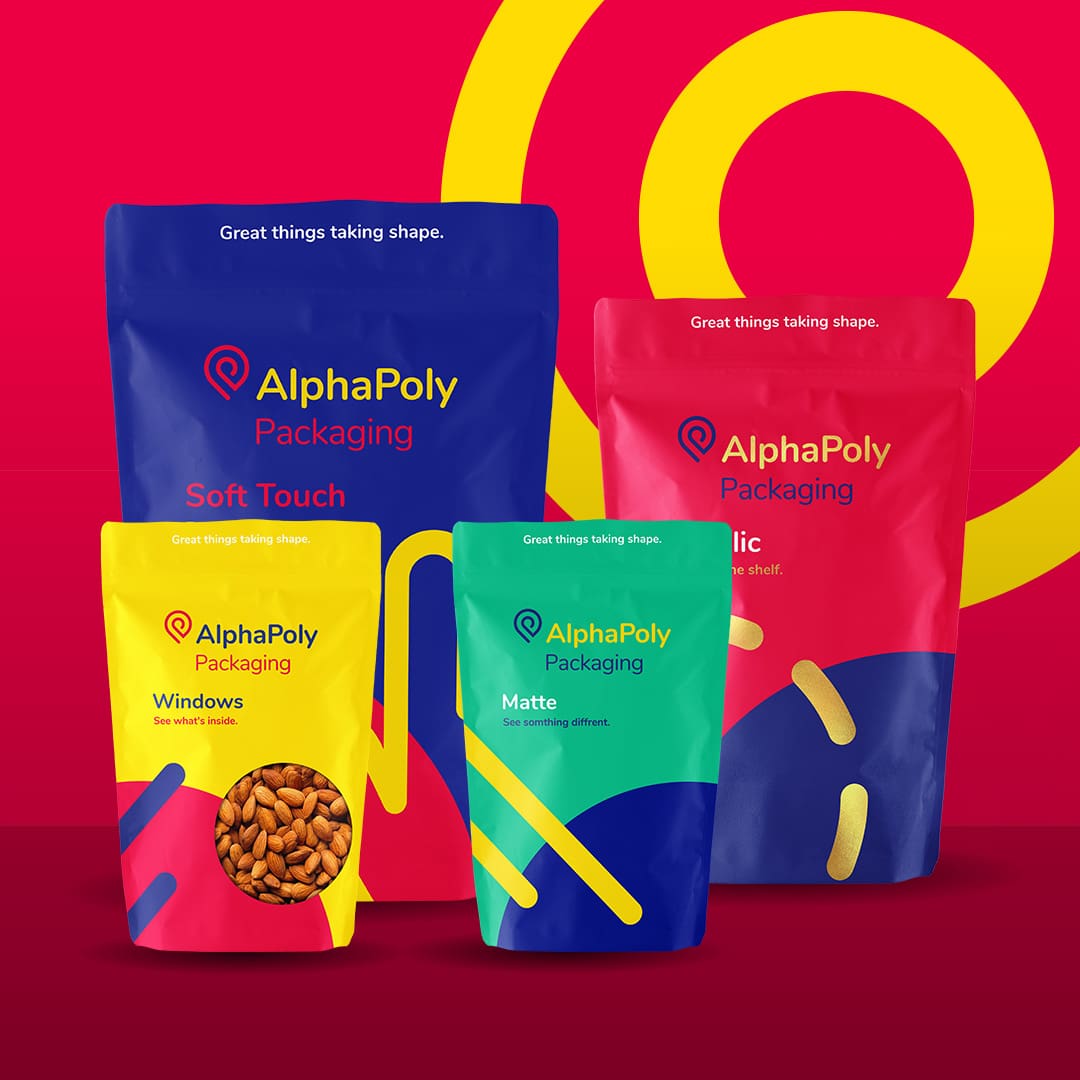Net zero impact, closed loop recycling, life cycle analysis, what do they all mean in the world of sustainable packaging? Sustainable product design is full of strategies, terms and acronyms that can be hard for even the most seasoned expert to keep track of.
In sustainability strategies, achieving a net-zero environmental impact is an ambitious goal that many consumer brands, governments, and organizations look at as a gold standard to strive for. Many of the largest brands like Mondelez, Proctor & Gamble, and Unilever have already set net-zero goals and are starting to make business changes to help achieve them. For these brands, committing to sustainable packaging is a key part of supporting net-zero goals and positioning their brands for the future.
For consumer brands without the resources and experience that these giants have it can be tough to know where to start when considering net-zero strategies. In this post we’ll explore what is a net-zero impact sustainability goal, how it differs from other sustainability goals, how packaging can contribute to net-zero, and how brands can set their own goals.
What is a net-zero goal?
As defined by the EPA, a net-zero goal means consuming only as much energy as is produced, achieving a sustainable balance between water availability and demand, and eliminating solid waste sent to landfills. Within this broad definition net-zero often breaks down into energy, water, and waste definitions.
Where does packaging fit?
For packaging, the end of its life cycle is always when it becomes waste. Because of this achieving net-zero waste is often the most applicable definition. Net-zero waste as defined by the EPA means reducing, reusing, and recovering waste streams to convert them to valuable resources and have zero solid waste sent to landfills over the course of a year.
With net-zero waste discussions in packaging the guiding principles typically aim for sustainability strategies that consider the entire life cycle of packaging. Important parts of that lifecycle often include:
-
How much and what resources are used to make a material for packaging
-
What treatments and processes are used to finish packaging
-
What happens to packaging after its discarded
Sustainable packaging strategies that keep these considerations in mind, stand a better chance at achieving long term net-zero waste goals.
How does it differ from other goals?
Compared to other sustainable packaging goals that are often set by consumer brands, net-zero goals are decidedly more encompassing. To understand what brands are committing to with their sustainable packaging goals here are three common ones that often influence sub-goals within an overall net-zero goal.
Disposal
Goals based around disposal often refer to making it easier for the user to properly dispose of a product by making it recyclable.
An example of a disposal goal from Mondelez is “all packaging will be made with recyclable material by 2025”. This means they will make it easier for a package to be recycled but the onus is on the consumer to do it and does not consider the energy used in the recycling process. However for Mondelez their disposal goal fits under an overall net-zero strategy.
Materials
Goals based around material use often include commitments to make products out of a percentage of recycled or sustainably made content. This differs from a disposal goal in that it actually is starting the product’s life by making it from post-consumer recycled (PCR) material.
An example of a materials goal from Proctor & Gamble is “reduce our use of virgin petroleum plastic in packaging by 50%”. This goal goes on to specifically outline that they will use more PCR in their packaging, ultimately taking more responsibility from the start.
Sourcing
Goals based around sourcing often refer to the management of raw materials that go into packaging materials. They often have statements referring to sourcing materials from sustainably managed forests, farming or other resources.
An example of a sourcing goal from Unilever is “we will source 75% of the paper and board for our packaging from certified sustainably managed forests or from recycled material by 2015. We will reach 100% by 2020.” Pledges like this can also mention specific environmental certifications their suppliers must have.
For more context on what sustainable packaging goals brands are making, the Sustainable Packaging Coalition (SPC) keeps a database of over 640 goals from 100 brands or retailers.
How can packaging contribute to net-zero goals?
For packaging to contribute effectively to a net-zero goal requires taking a multi-pronged approach that considers disposal, materials, sourcing and many other factors as well. To focus on just one element of the packaging life cycle at the expense of another is a good start but also runs the risk of turning off consumers with an incomplete sustainability story.
Setting realistic sub goals
Achieving net-zero for any sustainability goal does not happen overnight, especially for brands without the muscle of a giant consumer company behind them. To help the SPC gives a thorough overview of different types of realistic sustainability goals that consumer brands can aim for. Here a few that have not been discussed:
Renewable materials: increasing the use of plant-based packaging materials such as bioplastics derived from corn.
Eliminating materials: phasing out substances of concern or materials perceived as problematic, usually related to toxicity concerns.
Material efficiency: reducing the amount of packaging materials required to reduce weight and material waste.
Volume efficiency: improving the product-to-package ratio by reducing unnecessary airspace, and allowing more efficient transportation of packaged products.
Recycled content: increasing the use of postconsumer and/or post-industrial recycled materials to replace conventional virgin material.
Collection opportunities: increasing the prevalence of collection points for recyclables which is often done in collaboration with a recycling-focused NGO or a retailer.
Increasing education: driving better consumer behavior in recycling through marketing, NGOs, or through packaging design and messaging.
True net-zero goes beyond packaging
While packaging can contribute to net-zero goals they only play a part for consumer brands. Manufacturing processes, transportation, supply chain, and many other factors play massive roles as well. New or growing consumer brands shouldn’t feel overwhelmed at the prospect of achieving net zero. Tackling even a few goals around packaging alone puts a brand on a much better path to contributing to a net-zero goal and importantly gives them an impactful sustainability story they can start telling.
Your sustainable packaging partner
At AlphaPoly we offer our clients a reliable partnership for their sustainable packaging solutions that draws on more than 30 years of industry experience and knowledge. We pride ourselves on being nimble and responsive to our clients needs and we offer a wide variety of traditional and sustainable packaging options that are tailor made for our clients industries.
Find out how AlphaPoly can elevate your brand today, contact us to learn more.





